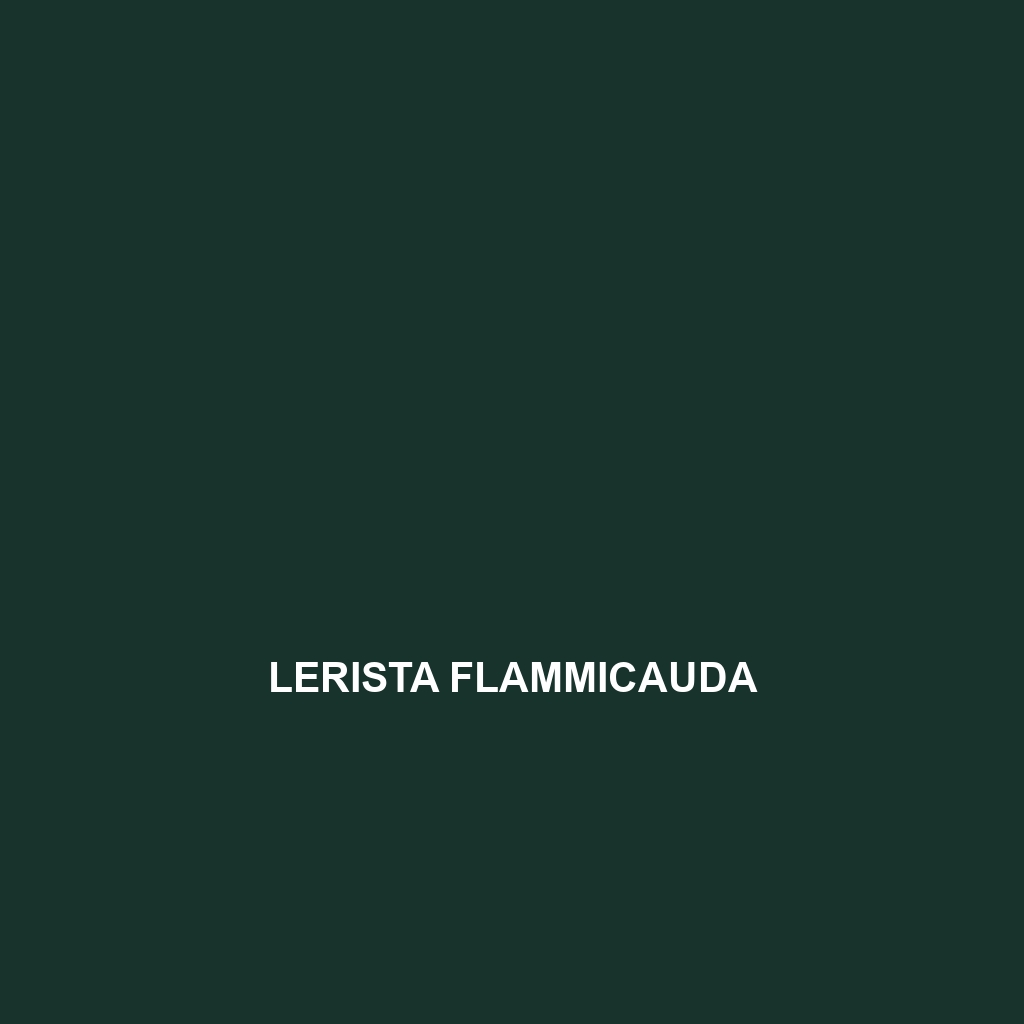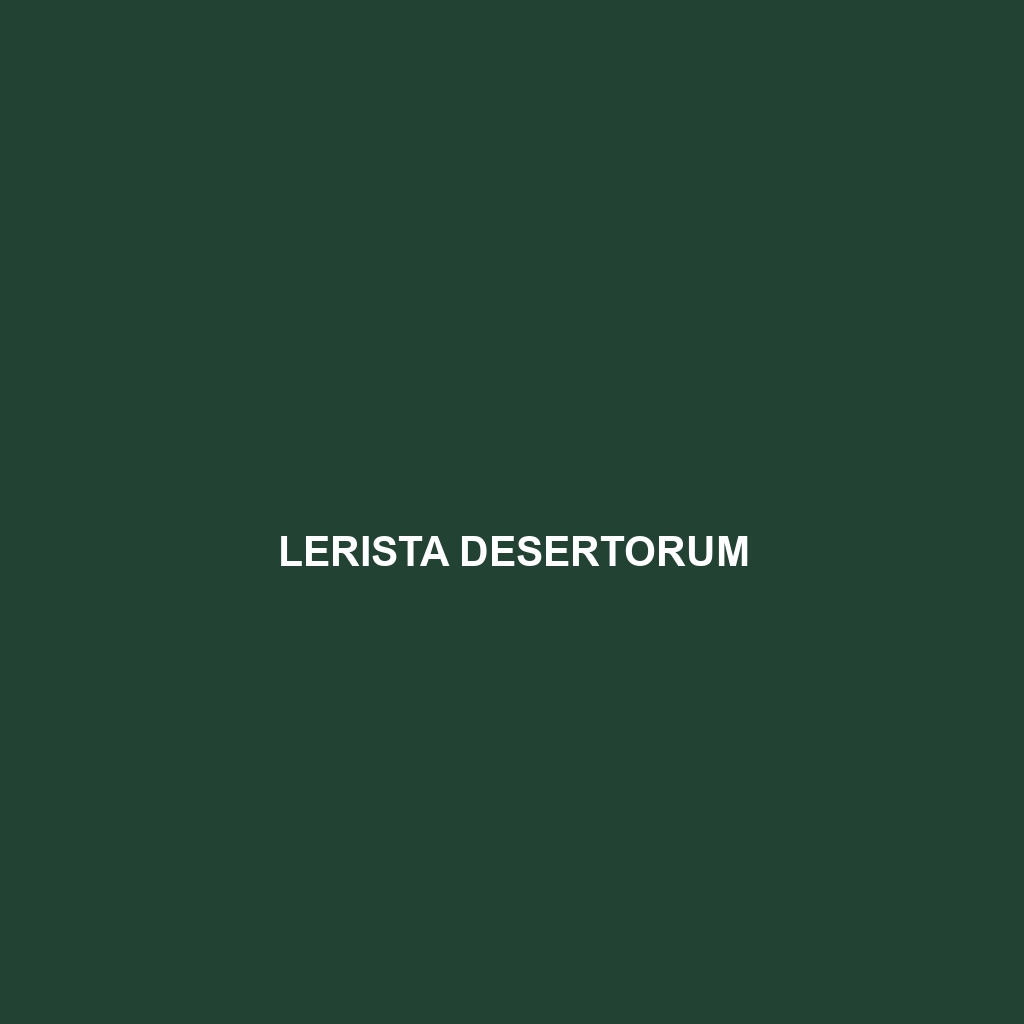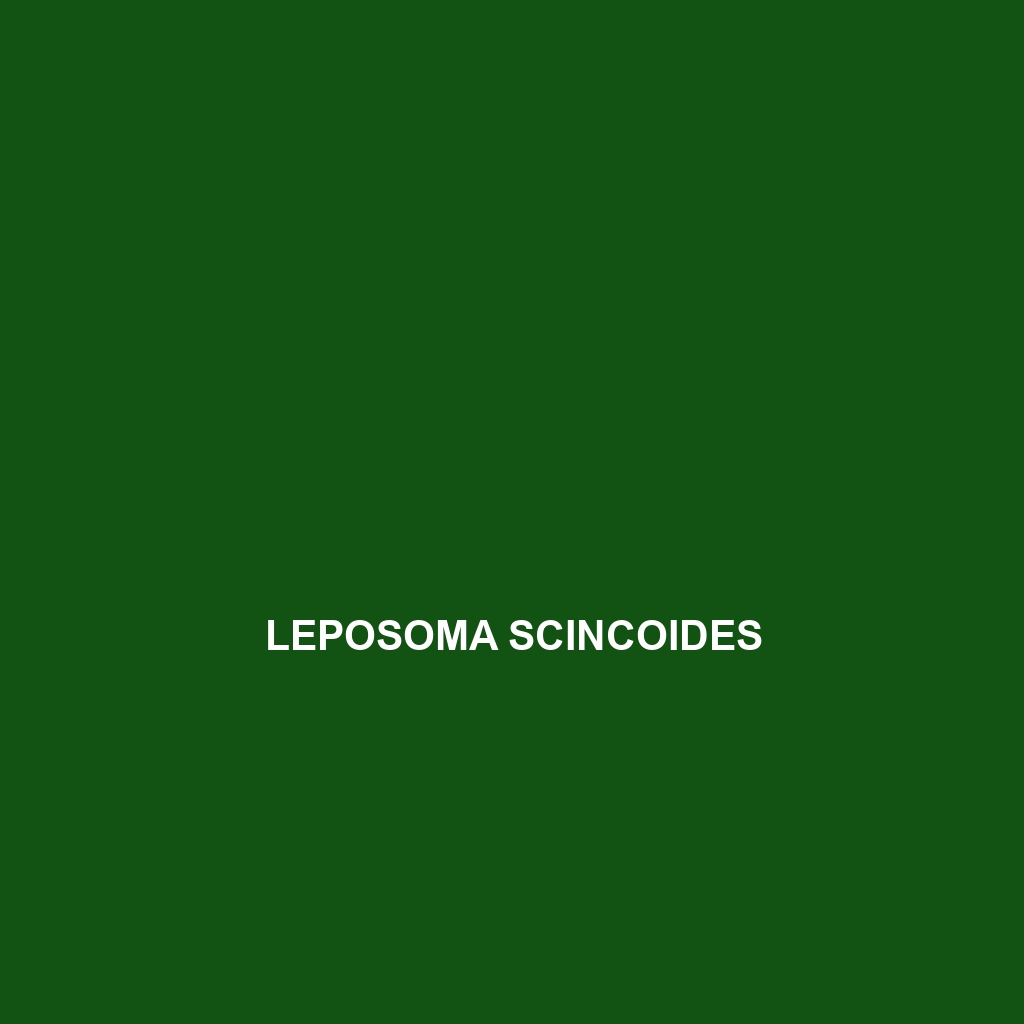Discover the <b>Lerista griffini</b>, or Griffin's skink, a diurnal insectivore native to Australia, known for its robust, cylindrical body and superb burrowing abilities. Found in diverse habitats ranging from savannas to temperate forests, this skink plays a crucial role in maintaining ecological balance by controlling insect populations.
Tag: skink habitat
Lerista fragilis
Lerista fragilis, commonly known as the fragile skink, is a diurnal, burrowing reptile found in temperate forests, sandy grasslands, and scrub ecosystems across Australia. Characterized by its slender body, smooth scales, and insectivorous diet, this skink plays a vital ecological role by controlling insect populations and aerating soil through its burrowing behaviors.
Lerista flammicauda
<b>Lerista flammicauda</b>, known as the flame-tail skink, is a vibrant insectivorous reptile native to Australia's sandy coastal areas and open woodlands, featuring a distinctive burnt orange to reddish-brown coloration with dark stripes. This diurnal skink thrives in arid habitats, showcasing adaptive behaviors such as burrowing and territorial displays during its seasonal reproductive cycle.
Lerista eupoda
Discover the Lerista eupoda, or southern skink, a unique insectivorous species native to southern Australia, known for its elongated body, reduced limbs, and remarkable ability to blend into its sandy habitats. This diurnal skink plays a vital ecological role by regulating insect populations and serving as prey for various predators.
Lerista elegans
Discover the elegant Lerista elegans, a slender skink native to southeastern Australia, thriving in diverse habitats such as dry sclerophyll forests and heathlands. This distinctive insectivore, reaching lengths of 10-15 cm, features camouflage coloration and plays a vital role in its ecosystem by regulating insect populations and serving as prey for larger animals.
Lerista distinguenda
<p><b>Lerista distinguenda</b>, a secretive skink species native to southeastern Australia, adapts well to temperate forests and grasslands with sandy soils. This insectivorous skink reaches lengths of up to 12 cm, displaying distinctive coloration and reduced limbs for efficient burrowing.</p>
Lerista desertorum
Introducing the Lerista desertorum, or desert skink, a resilient species thriving in Australia's arid sandy deserts and scrublands. With a streamlined body, excellent camouflage, and remarkable burrowing abilities, this nocturnal insectivore plays a vital role in regulating insect populations and maintaining ecological balance.
Lerista christinae
Discover the <b>Lerista christinae</b>, or Christina's Lerista, a small, robust skink native to Australia known for its adaptability to various habitats like sandy soils and temperate forests. This insectivorous lizard is characterized by its streamlined body, distinctive coloration, and unique burrowing behaviors that play a crucial role in its ecosystem by regulating insect populations and aerating the soil.
Lerista anyara
Discover the <b>Lerista anyara</b>, also known as the <b>Anyara skink</b>, a fascinating omnivorous reptile from the rainforests of northeastern Australia and Papua New Guinea. With its elongated body, smooth olive or brown skin, and nocturnal behavior, this species plays a crucial role in its ecosystem by controlling insect populations and contributing to the balance of biodiversity.
Leposoma scincoides
<p><b>Leposoma scincoides</b>, known as the Scincoid Skink, is a small, agile lizard native to the rainforests of South America, characterized by its smooth, shiny scales and color variations from brown to green. Primarily insectivorous, it plays a crucial role in its ecosystem by controlling insect populations and serving as prey for larger animals.</p>









